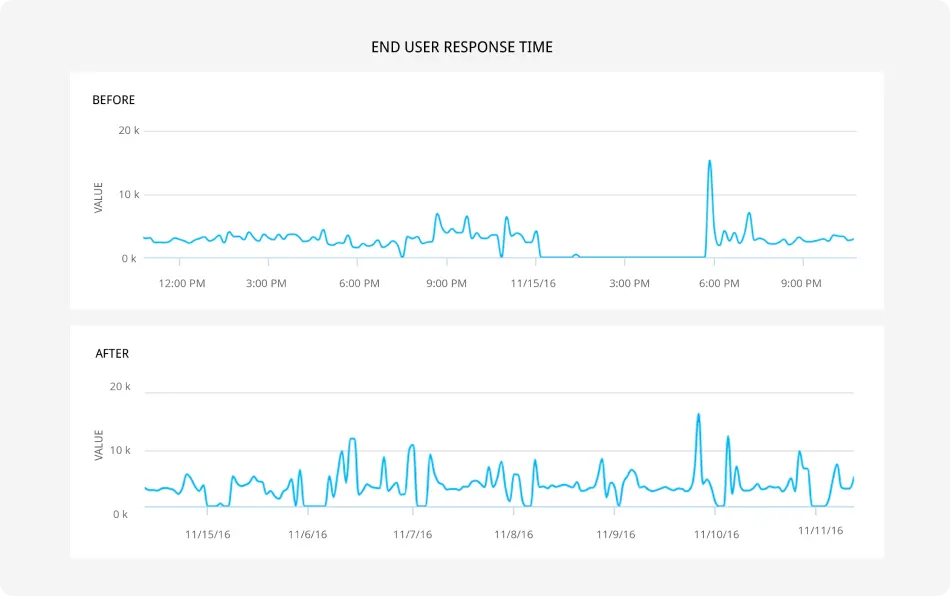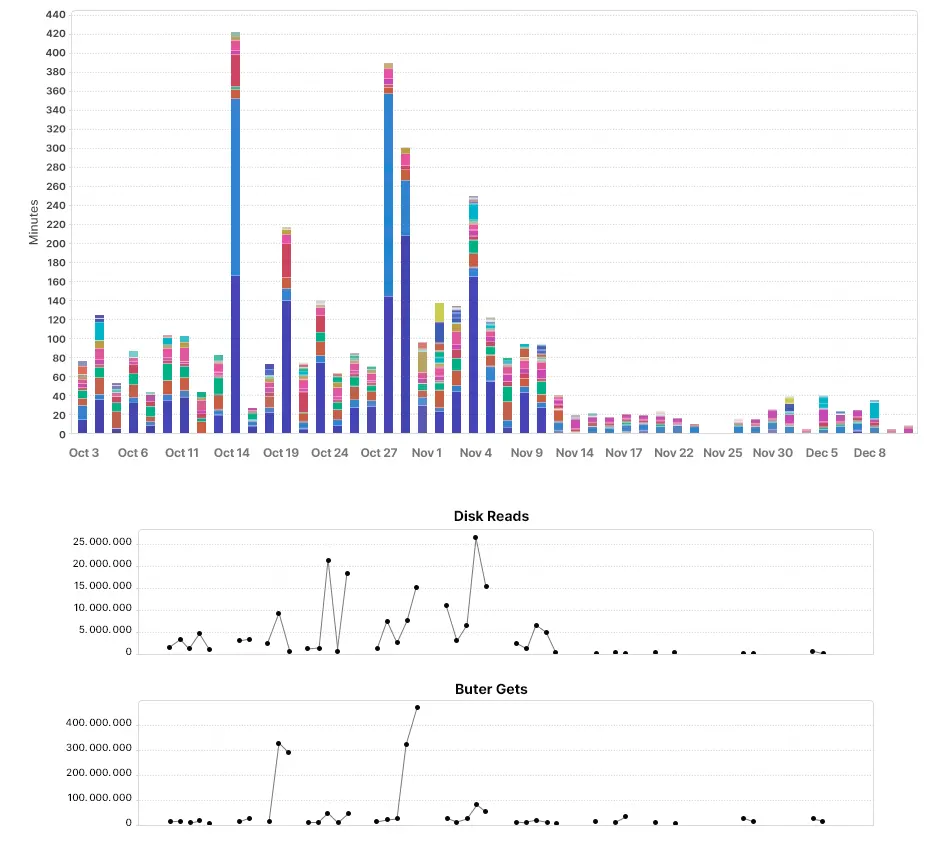Drop us a line
If you are interested in the development of a custom solution — send us the message and we'll schedule a talk about it.
Optimization of the client’s general ledger extract process, which works with large datasets from different sources.
Patient Safety is a healthcare discipline that emerged with the evolving complexity in healthcare systems and the resulting rise of patient harm in health care facilities. It aims to prevent and reduce risks, errors and harm that occur to patients during provision of healthcare. A cornerstone of the discipline is continuous improvement based on learning from errors and adverse events.
To ensure successful implementation of patient safety strategies we need a lot of stuffs: clear policies, leadership capacity, data to drive safety improvements, skilled health care professionals and effective patients’ involvement.
US leader in customized insurance, claims and patient safety and risk solutions for physicians, surgeons, dentists and other healthcare professionals, as well as hospitals, senior care facilities and other healthcare providers turned to Azati to streamline the process of extracting data from the client’s general ledger.
A large volume of data poses new challenges, such as overloaded memory and algorithms that never stop running. It forces you to adapt and expand your repertoire of techniques.
Poor query design is one of the top SQL Server performance killers. Even with good database design, no frequent recompilations, and no other SQL performance killers, poor query design can severely degrade performance.
Query performance also depends on data volume and transaction concurrency. Executing the same query on a table with millions of records requires more time than performing the same operation on the same table with only thousands of records.
It was noticed that one SQL-query was performing poorly and required optimization. The task was to find out the reasons which had a negative impact on the system performance and eliminate them.
The problem was revealed during system performance monitoring. While building the query execution plan, the optimizer was more likely to choose a full table scan instead of more efficient use of existing indexes. We also noticed a whole class of the queries having the same behavior.
At the next step, we conducted a root cause analysis of the issue, which showed that the system statistics weren’t valid and they failed to represent the real performance of the system.
The elaborated solution to this system issue contained the following:


If you are interested in the development of a custom solution — send us the message and we'll schedule a talk about it.
JavaScript, Ruby
HR Planning SoftwareThe customer asked Azati to audit the existing solution in terms of general performance to create a roadmap of future improvements. Our team also increased application performance and delivered several new features.
Python
Stock Market Trend Discovery with Machine LearningAt Azati Labs, our engineers developed an AI-powered prototype of a tool that can spot a stock market trend. Online trading applications may use this information to calculate the actual stock market price change.
Python
Semantic Search Engine for Bioinformatics CompanyAzati designed and developed a semantic search engine powered by machine learning. It extracts the actual meaning from the search query and looks for the most relevant results across huge scientific datasets.
Java, JavaScript
E-health Web Portal for International Software IntegratorAzati helped a well-known software integrator to eliminate legacy code, rebuild a complex web application, and fix the majority of mission-critical bugs.
JavaScript, Ruby
Custom Platform for Logistics and Goods TransportationAzati helped a European startup to create a custom logistics platform. It helps shippers to track goods in a real-time, as well as guarantees that the buyer will receive the product in a perfect condition.